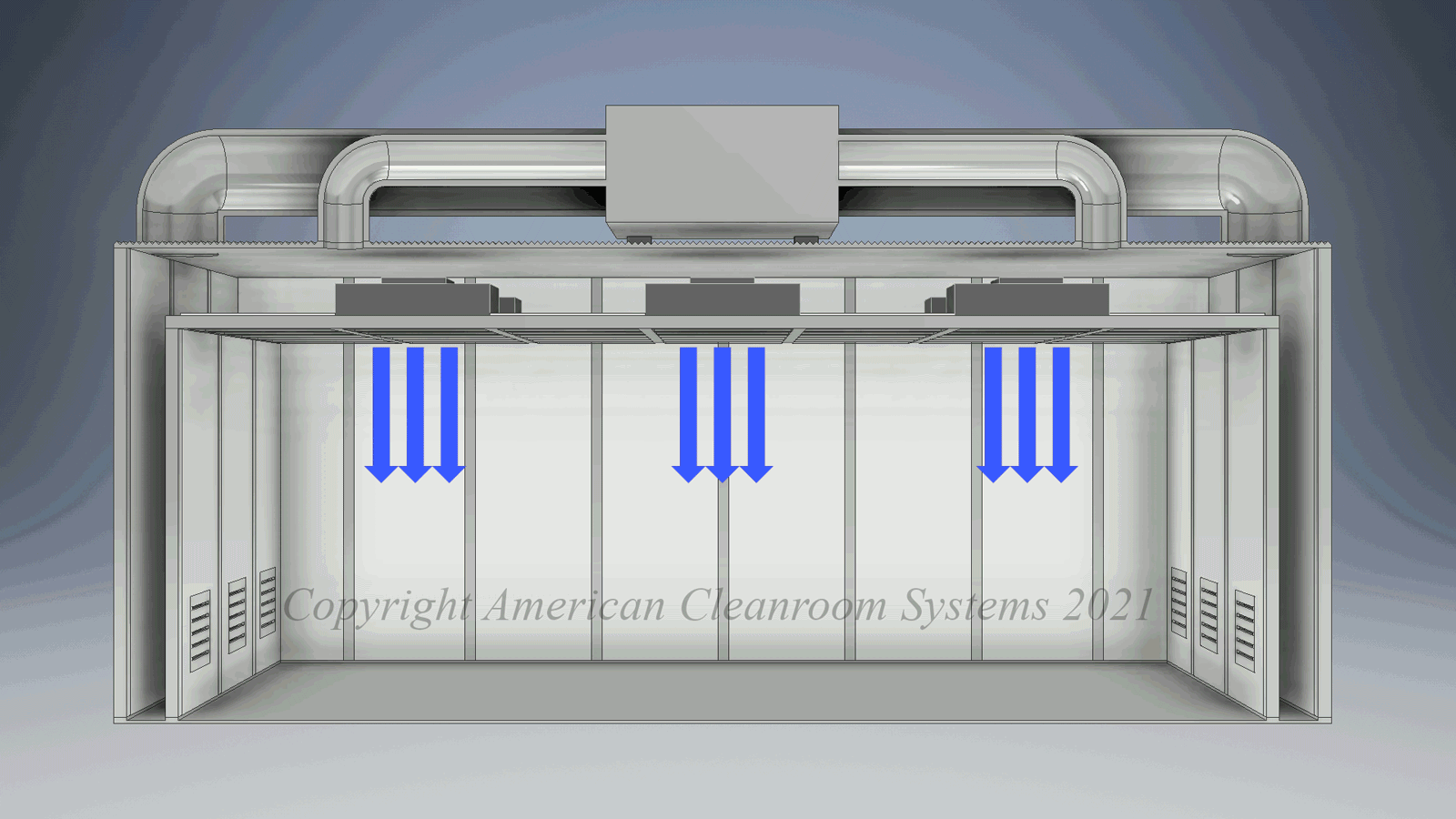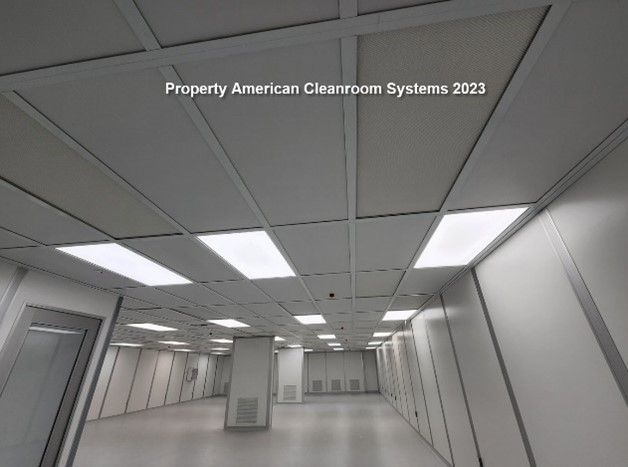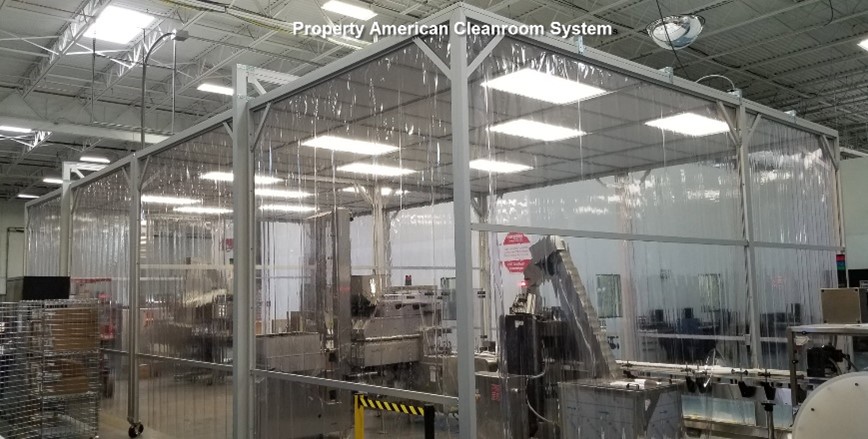R: An ISO-7 cleanroom is allowed a maximum of 2,930 particles/m3 greater than 5 microns and less than 352,000 particles/m3 greater than 0.3 um. An ISO-7 cleanroom must have at least 60 air changes per hour. An ISO-6 cleanroom is allowed a maximum of 293 particles/m3 greater than 5 micron and less than 35,200 particles/m3 greater than 0.3 um. An ISO-6 cleanroom must have at least 180 air changes per hour. An ISO-7 cleanroom classification is closest to Class 10,000 Fed Std 209E . An ISO-6 cleanroom classification is closest to Class 1000 Fed Std 209E.
R: An ISO-8 cleanroom is allowed a maximum of 29,300 particles/m3 great than 5 microns and less than 3,520,000 particles/m3 great than 0.3 microns. An ISO-8 cleanroom must have at least 20 air changes per hour. An ISO-8 cleanroom classification is closest to Class 100,000 cleanroom classification.
R: An ISO-4 cleanroom is allowed no particles greater than 5 microns, less than 352 particles/m3 greater than 0.5 um and less than 1,020 particles/m3 great than 0.3 microns. ISO-4 cleanrooms have between 500 to 600 air changes per hour. An ISO-4 cleanroom classification is closest to class 10. ISO-4 cleanrooms typically use ULPA filters and have 100% ULPA filter ceiling coverage.
R: Cleanroom requirements typically refer to cleanroom classification, length, width, height, wall type, air flow of either recirculating or one pass, temperature, humidity, and room pressure. Other requirement can be related to exhaust, chemical resistance, biohazard, electrical discharge, or light frequency.
R: An ISO-5 cleanroom is allowed 29 particles/m3 greater than 5 microns, less than 3,520 particles/m3 greater than 0.5 um and less than 10,200 particles/m3 great than 0.3 microns. An ISO-5 cleanroom must have more than 300 air changes per hour and typically has at least 70% HEPA filter ceiling coverage. An ISO-5 cleanroom classification is closest to class 100.
R: Se considera que la ISO-9 es la más elevada de las clasificaciones de cuartos limpios ISO. El recuento de partículas corresponde a este cuarto y es aproximadamente 10 veces más sucio que el ISO-8. La clase 100k es la clasificación más alta de la FED Std 209E para cuartos limpios. La clase 100k es la más cercana a la ISO-8.
R: The Fed Std. 209E cleanroom classifications are class 100,000 (class 100k) , class 10000 (class 10k), class 1000 and class 100. The ISO cleanroom classifications are ISO-5, ISO-6, ISO-7 and ISO-8.
R: An ISO-7 cleanroom is allowed a maximum of 2,930 particles/m3 greater than 5 microns and less than 352,000 particles/m3 greater than 0.5 um. An ISO-7 cleanroom must have at least 60 air changes per hour, have ceiling mounted HEPA fan filter units and low all air returns.
R: La clase ISO de cuarto limpio se define por el número de partículas por metro cúbico y el número de cambios de aire por hora con aire filtrado por el filtro hepa.
R: Cleanrooms are classified by particle count and HEPA filtered air changes per hour. Particle counts range from 0 to 29,300 particles/m3 greater than 5 um, and air changes from 20 to 300 air changes per hour. For example, a ISO-8 cleanroom is allowed 29,300 particles/m3 greater than 5 microns, 3,520,000 particles/m3 greater than 0.3 microns and minimum 20 air changes per hour. Fed Std 209E cleanroom classifications are also by particle count and HEPA filtered air changes per hour. However, the particle counts are by feet3.



